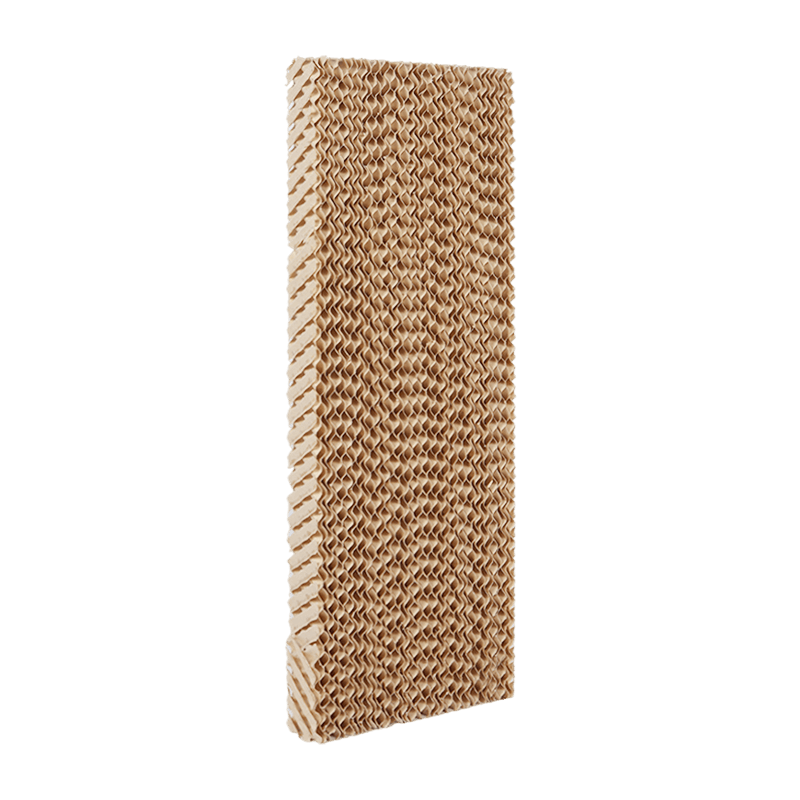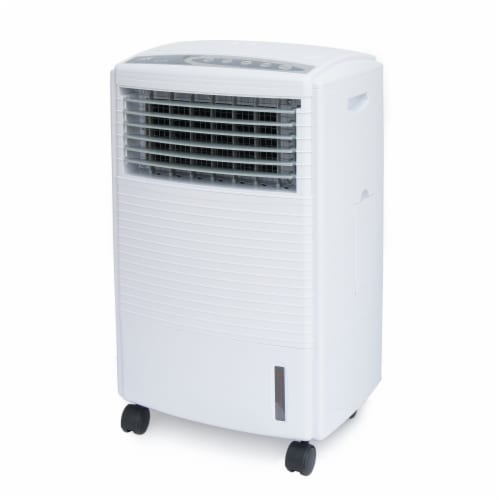| Size | 17-1/4 In. x 12 In. |
| Color | Blue |
Air cooler evaporative cooling pad
As a professional OEM Air cooler evaporative cooling pad supplier and ODM Air cooler evaporative cooling pad company, The evaporative wet curtain produced by the company has good water absorption and ventilation, strong cooling ability, long service life, and sterilization and algae prevention functions. It has been successfully applied in industrial plants with high-temperature operations such as evaporative air conditioners, evaporative cooling fans, humidifiers, animal husbandry, the greenhouse industry, the textile industry, hardware, as well as in public places such as shopping malls, internet cafes, supermarkets, etc., which can effectively improve indoor air quality, To prevent the spread of diseases caused by the use of air and truly achieve green environmental protection, energy conservation and emission reduction.
-
With summer temperatures continuing to rise, choosing an economical and efficient cooling solution has become a hot topic. Among the many options, evaporative air coolers and traditional air condition...
READ MORE -
With consumers increasingly concerned about home environmental health and air quality, evaporative air coolers (also known as air conditioners) are frequently asked a core question: "Is the airflow fr...
READ MORE -
As an efficient, environmentally friendly, and easy-to-maintain heat dissipation solution, air coolers offer unparalleled advantages in applications where water resources are scarce or high mobility i...
READ MORE
Air cooler evaporative cooling pad moisture retention capacity
1. Material properties
Cellulose water absorption: Cooling pads are usually made of cellulose materials, which have good hydrophilicity and can absorb water quickly. When the water is absorbed, the cellulose can retain the water for a certain period of time, improving the cooling effect.
Treatment agent: Specially treated materials can enhance their moisture retention capacity, reduce water evaporation, and improve overall efficiency.
2. Environmental conditions
Humidity: In a high humidity environment, the water evaporation rate of the cooling pad is slower, the water retention capacity is stronger, and it can provide a continuous cooling effect. In contrast, in a low humidity environment, the water evaporation rate is faster, which may lead to a decrease in cooling effect.
Temperature: In a high temperature environment, the water evaporation rate is faster. Although the initial cooling effect is better, the duration may be affected. When the cooling pad works at a higher temperature, it needs to be replenished regularly to maintain the cooling effect.
3. Cooling pad design
Thickness and structure: The thickness and honeycomb structure of the cooling pad will affect its moisture retention capacity. Thicker pads are generally able to store more water and extend the duration of the cooling effect.
Water flow uniformity: A well-designed water flow system can ensure uniform wetting of the cooling pad, avoid local drying, and improve the overall moisture retention capacity.
4. Usage conditions
Wind speed: Under high wind speed conditions, air flow will accelerate the evaporation of water and reduce the moisture retention capacity of the cooling pad. Therefore, it is very important to adjust the wind speed to adapt to the working state of the cooling pad.
Water source quality: The quality of the water used (such as hard water or soft water) will also affect the moisture retention capacity of the cooling pad. Minerals in hard water may be deposited on the pad and reduce its water absorption capacity.
5. Maintenance and management
Regular inspection: Regularly check the moisture status of the cooling pad, replenish water in time, and avoid the pad from being too dry and affecting the cooling effect.
Cleaning: Keep the cooling pad clean and remove dirt and sediment to maintain its optimal moisture retention capacity.
 CONTACT US
CONTACT US English
English 中文简体
中文简体 عربى
عربى Tiếng Việt
Tiếng Việt












